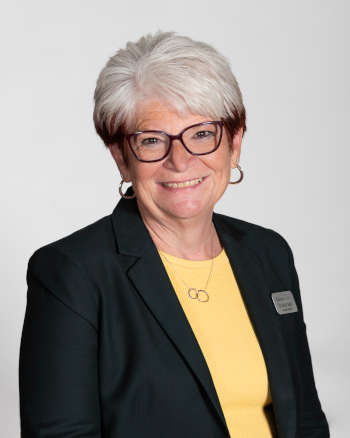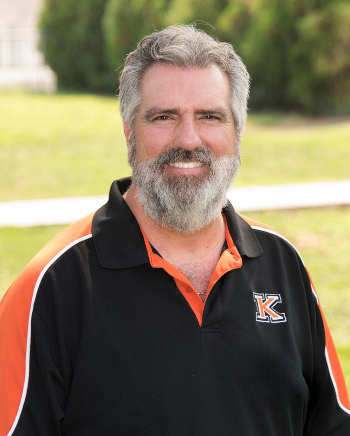- Wendy Weiss
- Posted On
Staying balanced in spring time: The gift of the wood element
We are ready to get moving and be more active. It’s the time for our energy reserves that were harnessed in the winter to be put into action. Finally the seed underground is sprouting and we can see the manifestation of the energy that has been stored and replenished in the winter.
In Five Element acupuncture spring is the gift of the wood element. Like the energy of spring, wood energy wants to rise up, push through, envision a plan, make decisions and get things done.
Wood energy supports a vision for the future, yearns for creativity and leadership. It grants us the confidence to surge forth with the power of the spring.
After a long year of challenges, we are especially ready to get out and get moving. So what is the best approach to take as we move forward this spring? We can look to the wood element for guiding us in our vision for this spring.
The wood element functions through the organs of the liver and the gallbladder. They rule the smooth flow of energy and blood in the body and regulate all of the emotions. They are our first responses to the stresses in our lives.
The wood element teaches us about having a vision for our life, growth, flexibility and adaptability. Growth is a positive process that expands our potential, yet our vision must also remain flexible to succeed.
The energetic function of the liver is called the Official of Strategic Planning, the grand architect for our vision of the future; this official sees the directions we must take to live our lives in harmony with nature.
The energetic function of the gallbladder is the Official of Decision Making, granting us the ability to make decisions and judge wisely.
Making a decision is not always a matter of choosing between equal alternatives. Through these officials we can see both new possibilities and the wisdom of the past, to therefore see a clear and appropriate future course to take. Without wood's vision, a plan, decision and direction, no movement is possible — and there is often frustration.
The wood element governs our sense of vision, the emotion of anger and the sound of shouting. When our vision is stifled, we may feel anger: We've made our plan, decided to act, and suddenly our plans are thwarted.
We may feel anger and frustration and want to shout. We may feel irritable, depressed, and lose focus or hope for the future. Sometimes when we are out of balance, we identify with only one position and become attached to it. We may lose our wise judgment.
When our wood energy is healthy, we can take a step back, be flexible, adapt, change direction, stay hopeful, readjust our plans, and begin again. We can forgive ourselves and each other and not become too rigid or unyielding in our approach to life.
Like a tree that bends in the wind, a balanced wood energy is well rooted and can find a flexible path to express itself in a strong and healthy way.
Healthy wood energy acknowledges the inherent self-esteem in ourselves and each other. It honors the spirit of each person’s inherent need to manifest who they are.
The wood element grants us the space and the vision for each person to grow and become their unique self — to be the ‘tree’ you are meant to be. We can see this wisdom in the harmony of all things within nature, that includes the coexistence of every living unique being.
Here are some ways to move your wood energy and stay balanced in the spring.
Get moving. Moving helps to keep your energy flowing properly. It can be as simple as taking a few deep breaths, going for a walk, or stretching the muscles, tendons and ligaments. All of these will help to support your wood element in the springtime.
Get creative. Take time to really think and feel about what you want to be, and what direction you want your life to go.
Write down your vision, intention, and dreams for your future. Take time to make a plan so you can make the right decisions to realize your vision. Maybe you need someone’s help to achieve your goals. Maybe you are the leader that wants to offer help for someone else to realize their dreams.
Try essential oils. Lavender, peppermint, camomile, lemon and bergamot essential oils help to move the energy in the liver and gallbladder channels. Sandalwood oil is especially nourishing and grounding.
Drinking herbal teas like lemon, peppermint or camomile can help to support the liver and gallbladder channels.
The wood element likes sour food (like kimchi and yogurt), light meals with lots of greens (the color of the wood element). Bitter greens like dandelion, nettles and arugula can be helpful to cleanse the liver and gallbladder and promote better digestion.
Avoid too many rich, heavy, greasy foods, or too much alcohol as that may congest the liver and gallbladder. This can also lead to inflammation and other diseases.
Sleep is also an essential time for replenishing the liver and gallbladder to recover from the stresses of the day.
Spring is also a good time to try a liver or gallbladder cleanse or adapt to a healthier diet.
These are all ways to help support your wood element, to nourish your vision and to continue to grow.
Make plans and decisions that align with who you are meant to be. Stay flexible, be creative and hopeful to achieve your goals. In all these ways you can support your wood energy and stay balanced and healthy in the spring.
Wendy Weiss has been practicing Chinese medicine for 29 years. She can be reached at 707-277-0891.










